What is the $10 Indian Head-type, Eagle Gold Coin?
The $10 Indian Head Eagle Gold Coin was minted in the United States from 1907 to 1933. From 1907 to 1916 the coin was minted each year, and from 1917 to 1933 the coin was minted irregularly. This coin is especially prized by collectors because it was produced near the time of the Gold Reserve Act, which restricted private gold ownership.
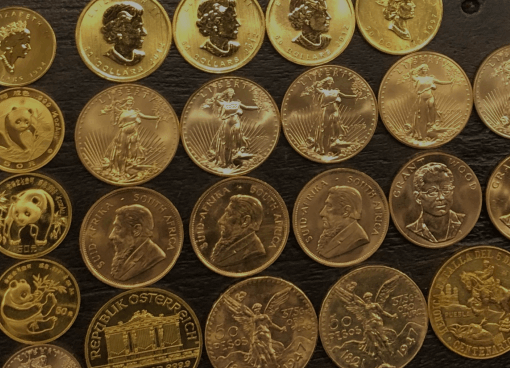
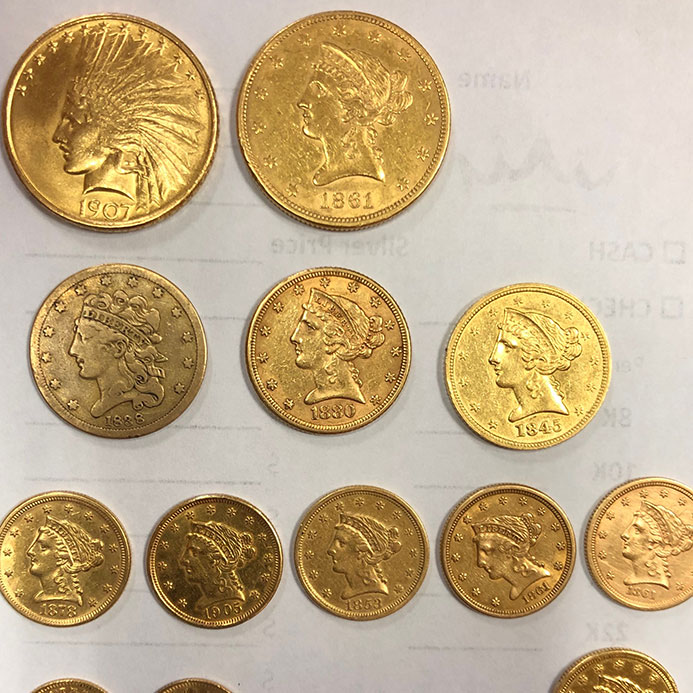
Design
The coin was designed by Augustus Saint-Gaudens, an artist and engraver known for his work with the US Mint. Saint-Gaudens was celebrated as an artist of the American Renaissance. Saint-Gaudens became sick with cancer during the production of this coin. Unfortunately he did not live to see its minting. He died in New Hampshire in 1907.
The coin features an artful portrait of Lady Liberty wearing the hat of a Native American warrior. In raised lettering above Lady Liberty’s headdress is the word, “Liberty.” On the coin’s obverse is an American bald eagle. He stands proud and alert upon a simple branch. Every detail of the bird is dazzling and daring in its majestic beauty. Standing with the eagle are the words “In God We Trust” and “E Pluribus Unum’ – the latter of which is translated to mean, “out of one, many.”
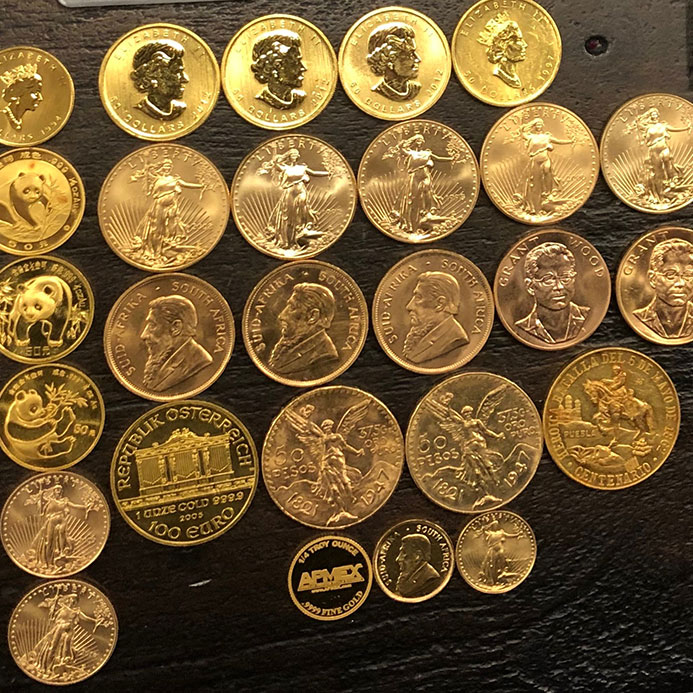
Specifications
- Country where the coin was manufactured: United States
- Manufacturer: US Mint
- Denomination: $10 USD
- Weight of Metal: 0.4838 ozt
- Diameter: 27.5 mm
- Thickness: 2.4 mm (on average)
- Designed by: Augustus Saint-Guadens
- Obverse design: Lady Liberty wears the headdress of a Native American warrior as she looks into the distance. The image is a profile, displaying the iconic beauty of Lady Liberty.
- Reverse design: An American eagle perched on top of a wooden branch, grasping olive branches with his talons. The bird’s plumage is exceptional: engraved thickly and with an eye on the tiniest of details.

$10 Indian Head and the Gold Reserve Act
The early 1930’s was an interesting time in US history for gold owners because of the Gold Reserve Act, which was passed in 1934 and did several things to gold ownership. Firstly, it banned the exporting of US gold. It also outlawed US citizens from privately owning gold. And it made it harder to exchange paper money for gold. These measures were taken in an effort to stave off inflation and get the US off of the gold standard. A year before the Gold Reserve Act was ushered in by then-President Franklin D Roosevelt, private gold ownership in the US (and abroad for US citizens) became illegal and a punishable offense. In 1933 and 1934, Roosevelt hiked up the price on gold coins to incentivize people to cash them in. The government’s thought process was that if they purchased all of the gold coins they could get the US off of the gold standard – but inflating the price too high caused even more inflation, which, at the time, they were trying to combat. The coins that made it out of this time period are treasured for their rarity and their place in history. Coins minted in 1933 are especially prized for their rarity.
Can I sell my $10 Indian Head-type Eagle Gold Coin?
Yes. These coins are valuable because of their gold content and rarity. As more and more people look into gold as a tangible investment, coins like this one grow more and more popular each year. Keep in mind, these coins are rare. They were minted during a strange time in US history when gold ownership was not only discouraged, it was also a punishable offense. For this reason, the gold coins that made it out of this time period are especially coveted for their historical significance, rarity, and beauty. In other words, they’re the last of their kind. These coins can be bought or sold online and in stores, but you’ll want to work with a broker that knows these coins and their value – and their historical significance. You’ll also want to work with someone that knows the value of gold. We say this in regard to any coin, but especially coins that are as valuable as this one.
Customer Testimonial

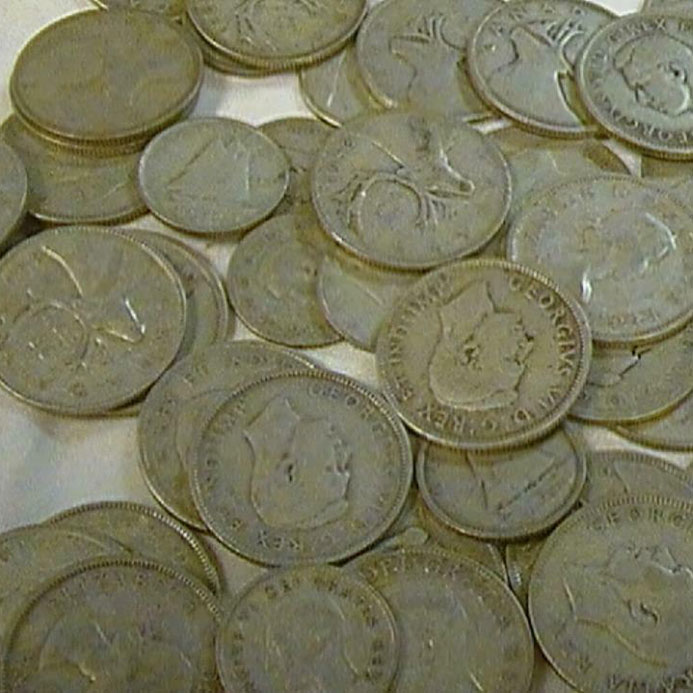
Can I purchase a $10 Indian Head-type Eagle Gold Coin?
Yes. When it comes to purchasing a coin this valuable, working with a professional is of the utmost importance. You’ll want to work with someone that knows the value of the coin for its metal content AND its historical value.. The characteristics of this coin are specific to its condition. That means, beat up coins are worth less, pristine coins are worth more. The value of these coins is dependent on a few things, including the value of gold, the value of the year the coin was produced, and the condition of the coin. Working with someone that knows what they’re doing is incredibly important.
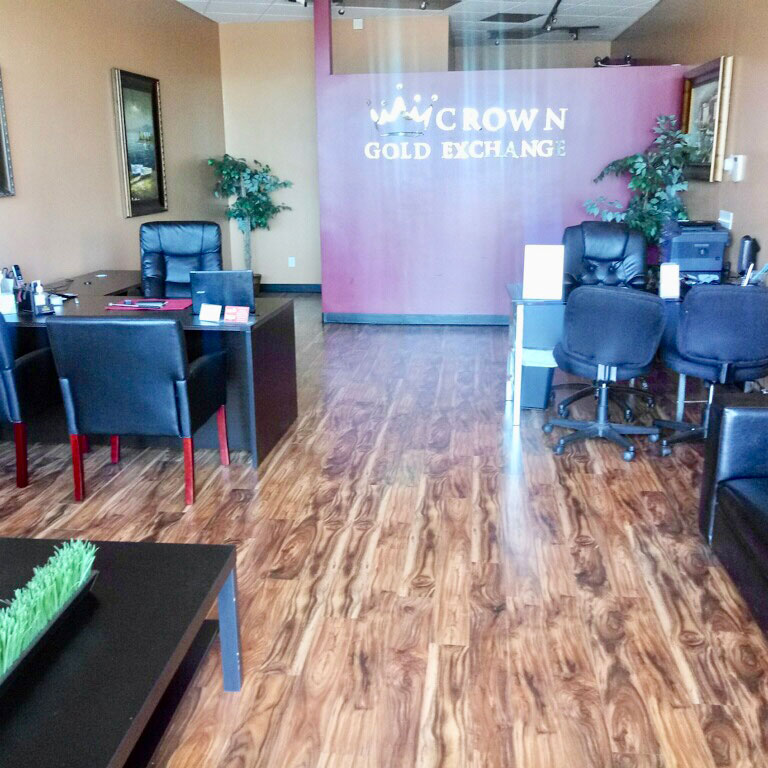
Choose Crown Gold Exchange
Crown Gold Exchange holds the utmost respect for you and your valuables. When you visit one of our locations, we make sure that you feel welcome, and that your property is protected. We use industry-standard equipment to ensure accurate measurement of your valuables, and we have a special process to keep your valuables safe. Our accuracy enables us to offer you top dollar, and we have several different payment methods available for your convenience, so you won’t be waiting around to get paid.
Crown Gold Exchange will purchase any kind of gold you bring us, including 8-karat, 10-karat, 14-karat, 18-karat, 21-karat, 22-karat, 24-karat, or anything else. We buy gold bars, gold bullion, gold jewelry and some gold plated items like pocket watches. If you happen to be in possession of an exclusive piece made by a top gold designer such as Cartier, Tiffany, Rolex, or Patek Philippe, we will often pay more than the weight of the item. Such special pieces often command a higher price on the secondary market due to their superior craftsmanship
BUYING YOUR GOLD, SILVER, DIAMONDS AND COINS SINCE 2010
She explained everything to me and it made me feel very comfortable.
Sloane
Crown Gold Exchange Customer
